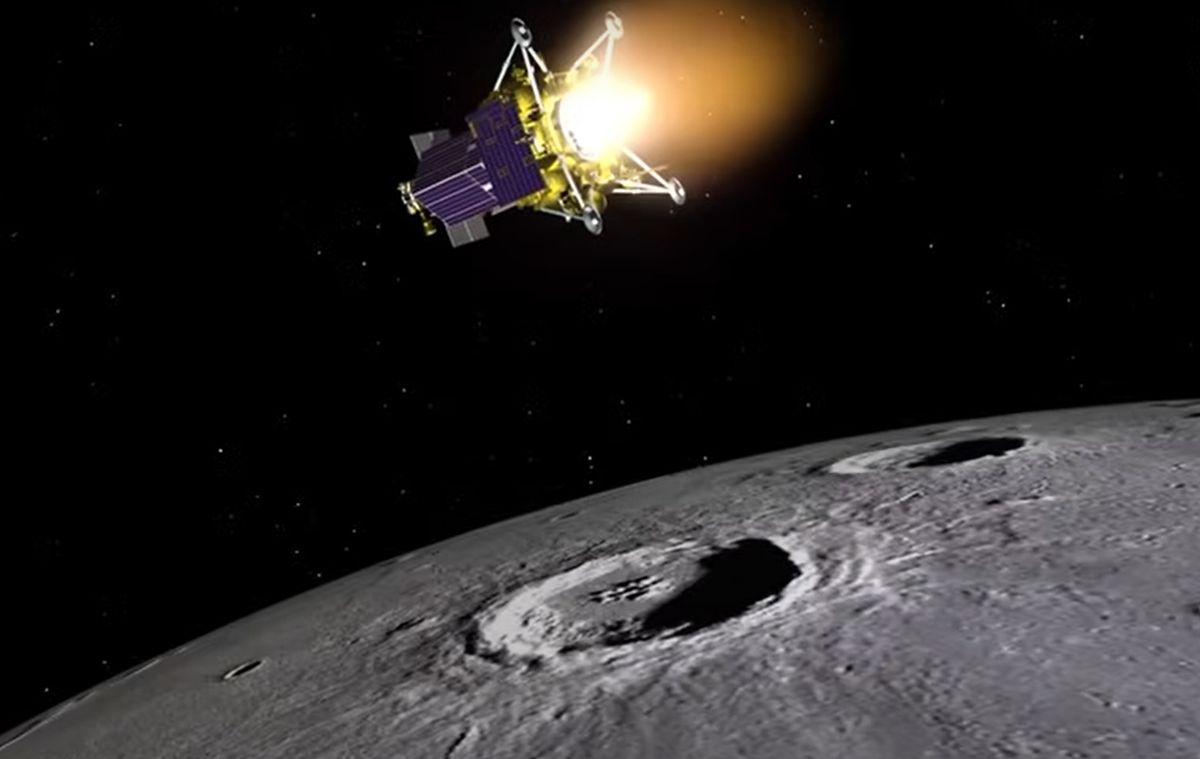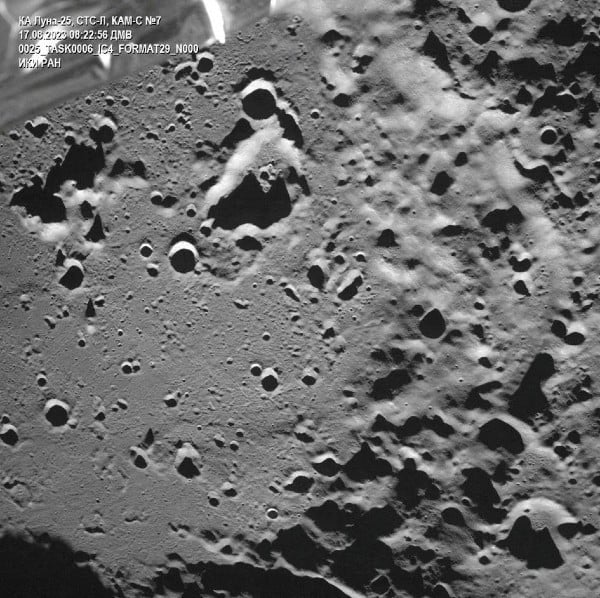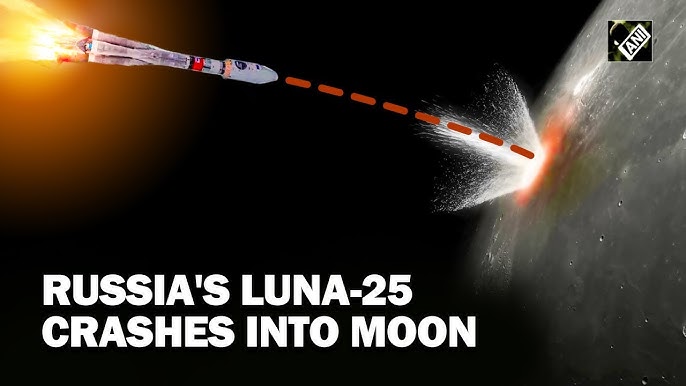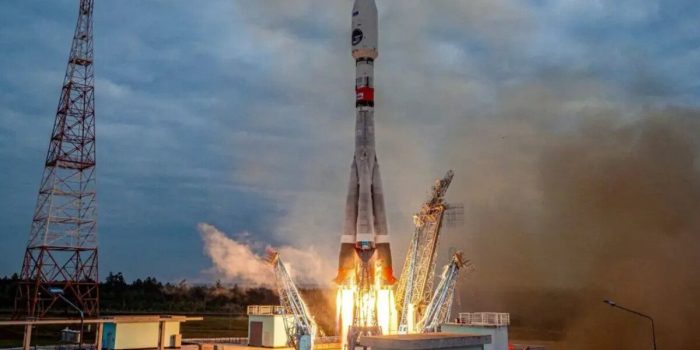Russia’s recent effort to explore the moon after nearly five decades took an unexpected turn. Their spacecraft, Luna-25, aimed to orbit the moon and make a gentle landing near its south pole. Unfortunately, things didn’t go as planned, and the spacecraft lost control, leading to an impact on the moon’s surface. This event not only frustrated Russia’s space aspirations but also underscored the unpredictable nature of space exploration.
Luna-25’s journey commenced on August 10 when it was launched from the Vostochny spaceport in the Far East. The objective was to execute a particular maneuver that would establish a circular path around the moon, ultimately enabling a soft landing a few days later. This maneuver was an unprecedented endeavor near the moon’s south pole. Despite meticulous planning, unforeseen challenges emerged.

Prior to the unfortunate incident, there were indications of anomalies. Reports hinted at issues related to communication and technical aspects. The Russian space agency, Roscosmos, assured that their specialists were addressing the situation, aiming to comprehend the problem and devise a solution. However, specific details regarding the nature of the problem remained undisclosed.
“An abnormal situation occurred on board the automatic station, which did not allow the maneuver to be performed with the specified parameters,” Roscosmos said.
Subsequently, the situation worsened. Roscosmos acknowledged losing contact with Luna-25 shortly after anomalies arose. The spacecraft veered off course and ultimately encountered the moon’s surface, bringing the mission to an abrupt end.
“The apparatus moved into an unpredictable orbit and ceased to exist as a result of a collision with the surface of the Moon,” Roscosmos said.
Luna-25 played a significant role in Russia’s efforts to assert its prowess in space exploration. The mission’s objective was to analyze lunar soil and detect potential indications of water ice in specific regions. Water ice holds promise for future lunar missions, serving as a resource for air and fuel.

Equipped with scientific instruments, the spacecraft aimed to scrutinize the moon’s surface, magnetic field, and surroundings. Prior to the mishap, Roscosmos shared that Luna-25 had transmitted initial data. The data offered insights into lunar soil composition and even recorded a minor “micrometeorite impact.”
Roscosmos also unveiled captivating images captured by Luna-25’s camera, showcasing the expansive Zeeman crater, one of the moon’s largest. This crater spans approximately 190 kilometers (118 miles) in diameter and plunges to a depth of about eight kilometers (five miles), located in the moon’s southern hemisphere.

The mission’s failure presents a considerable setback for Russia, which has been striving to regain its standing in space exploration since the era of the Soviet Union. Luna-25 aimed to restore Russia’s prominence and demonstrate its capabilities in space endeavors.
However, the field of space exploration has become increasingly competitive, with India, China, and the United States all actively pursuing lunar exploration. Luna-25’s unfortunate conclusion serves as a stark reminder of the intricacies and uncertainties intertwined with space exploration. It underscores the continuous learning process as humanity ventures into the enigmatic cosmos.


